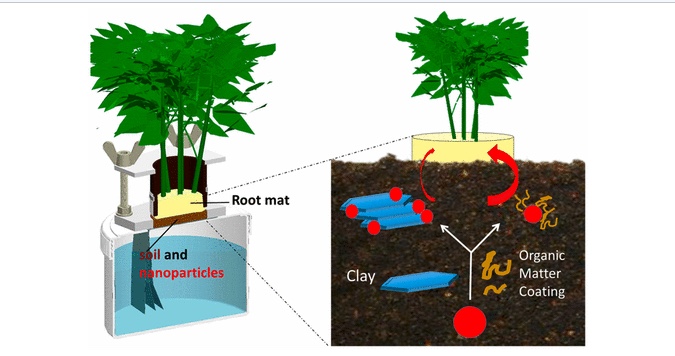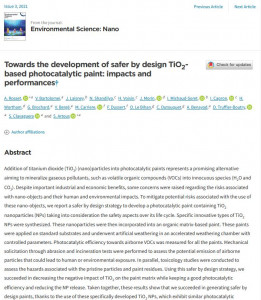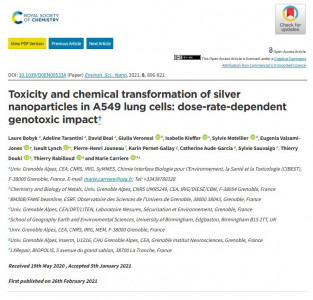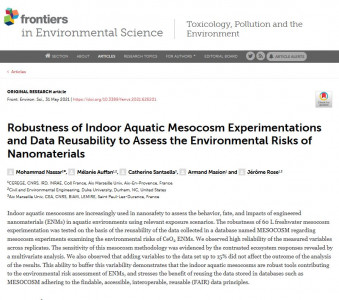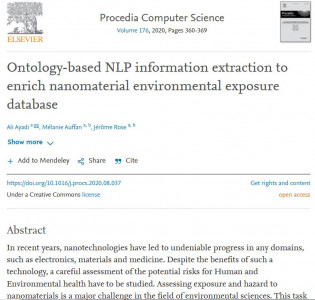New article by Clément Layet on "Evidence that soil properties and organic coating drive the phytoavailability of Cerium oxide nanoparticules".
Abstract : The ISO-standardized RHIZOtest is used here for the first time to decipher how plant species, soil properties, and physical–chemical properties of the nanoparticles and their transformation regulate the phytoavailability of nanoparticles. Two plants, tomato and fescue, were exposed to two soils with contrasted properties: a sandy soil poor in organic matter and a clay soil rich in organic matter, both contaminated with 1, 15, and 50 mg·kg–1 of dissolved Ce2(SO4)3, bare and citrate-coated CeO2 nanoparticles. All the results demonstrate that two antagonistic soil properties controlled Ce uptake. The clay fraction enhanced the retention of the CeO2 nanoparticles and hence reduced Ce uptake, whereas the organic matter content enhanced Ce uptake. Moreover, in the soil poor in organic matter, the organic citrate coating significantly enhanced the phytoavailability of the cerium by forming smaller aggregates thereby facilitating the transport of nanoparticles to the roots. By getting rid of the dissimilarities between the root systems of the different plants and the normalizing the surfaces exposed to nanoparticles, the RHIZOtest demonstrated that the species of plant did not drive the phytoavailability, and provided evidence for soil–plant transfers at concentrations lower than those usually cited in the literature and closer to predicted environmental concentrations.
https://doi.org/10.1021/acs.est.7b02397
